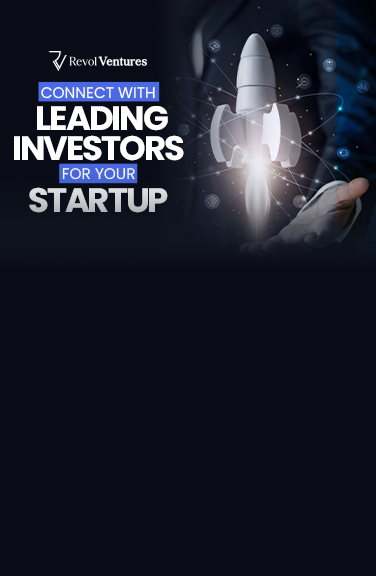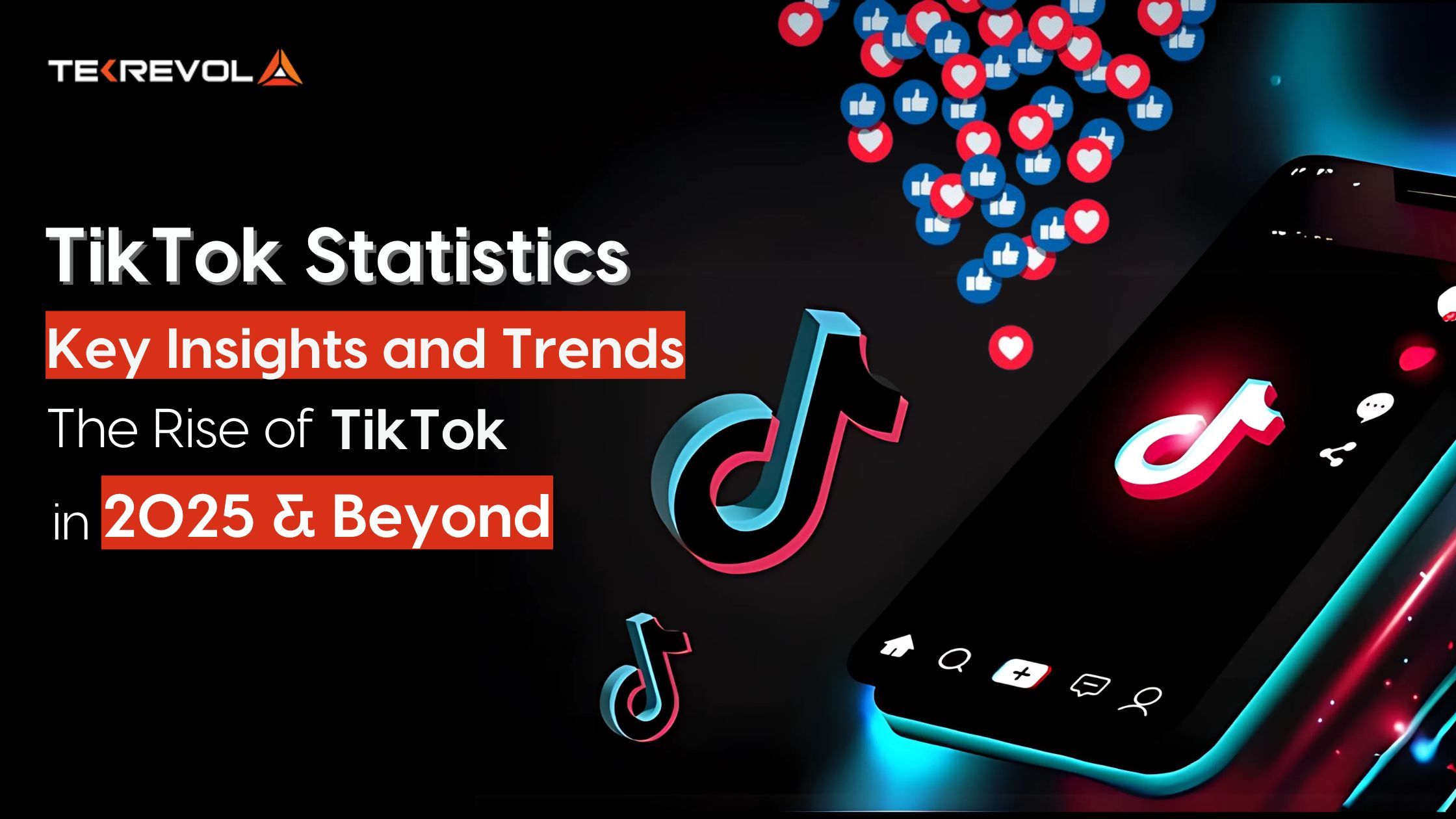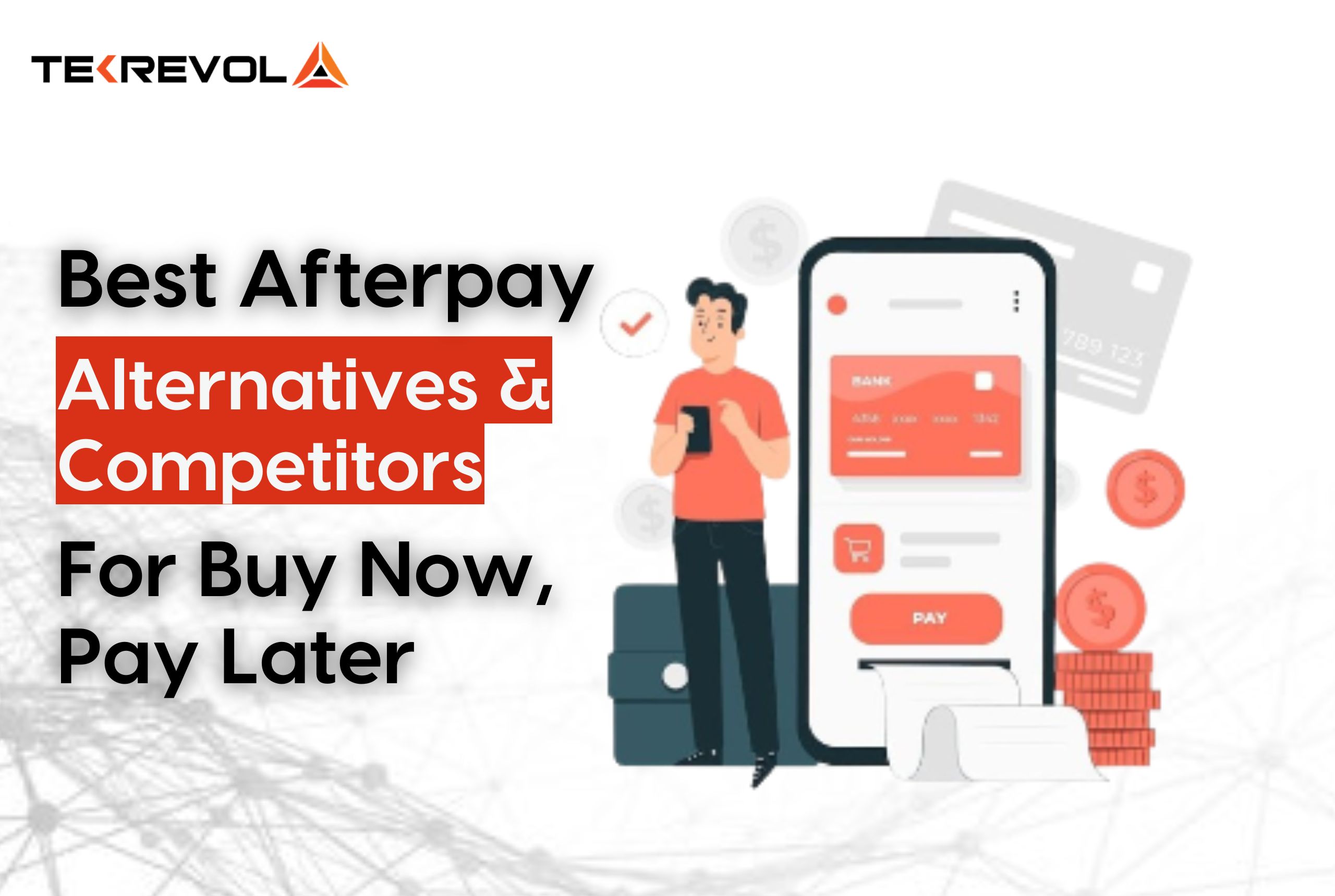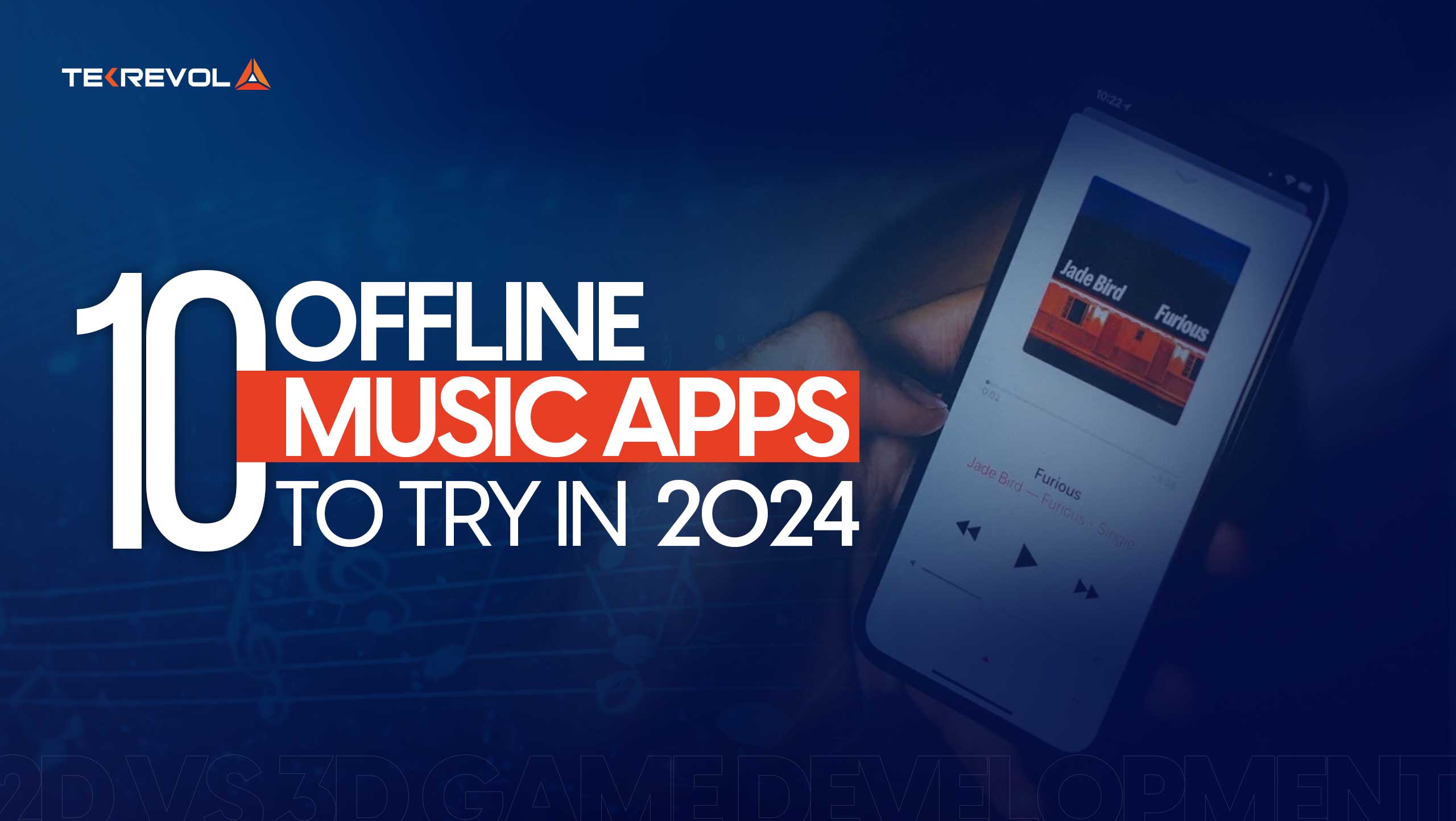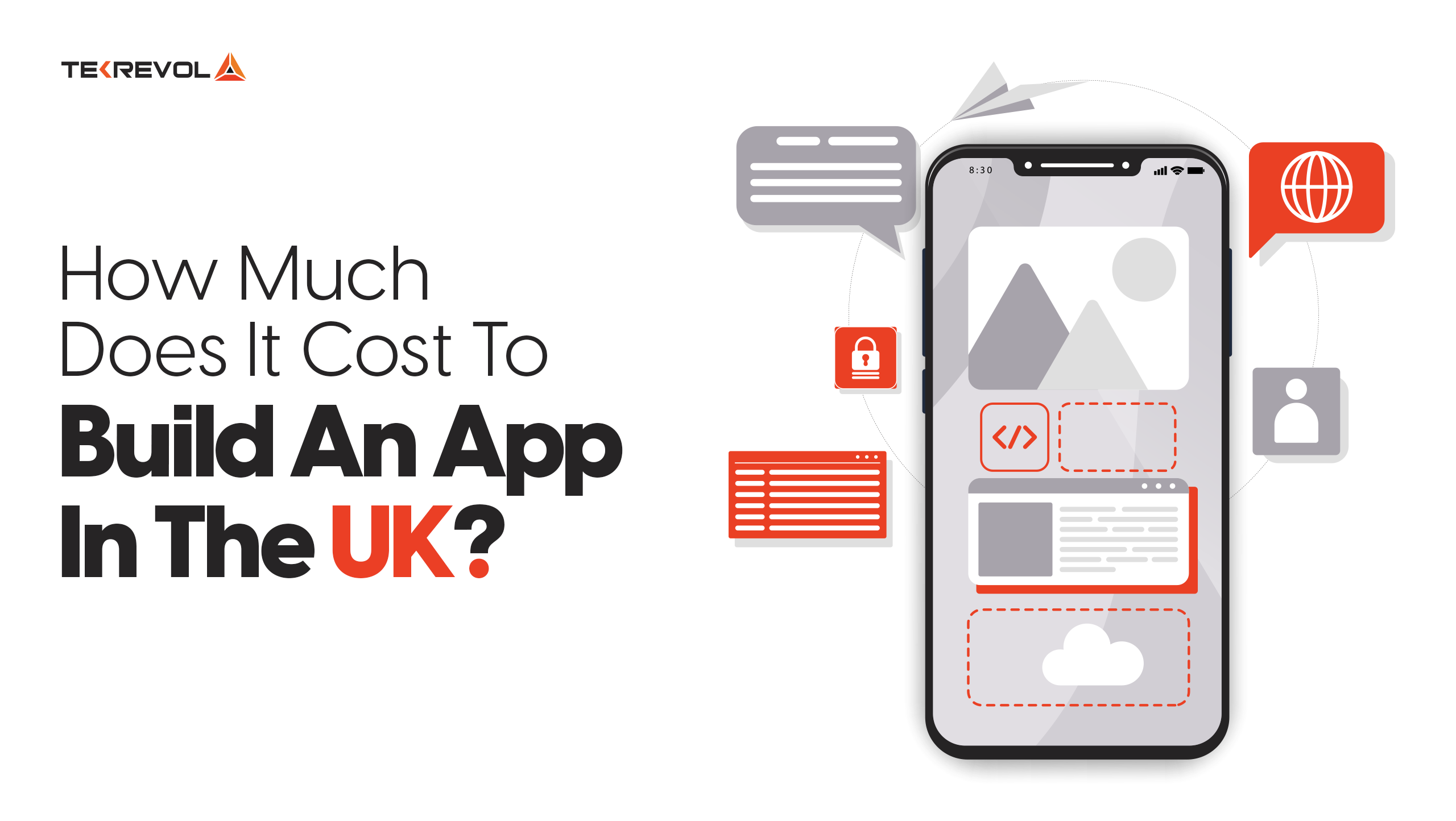What if your everyday grocery receipts could earn you free gift cards? That’s exactly what Fetch App delivers. It’s a revolutionary rewards platform turning routine shopping into tangible benefits.
With 17 million monthly users and a $2.5 billion valuation, Fetch has redefined loyalty programs by making receipt scanning effortless and rewarding.
Today, 72% of consumers choose brands with strong rewards programs (Bond Loyalty Report), and apps like Fetch, Ibotta, and Rakuten dominate the space.
Why? Because receipt scanning apps solve two modern needs: shoppers want instant cashback, while brands crave data-driven insights to personalize offers.
Fetch alone processes 1 million+ daily receipts, generating 30TB of purchase data to fuel targeted campaigns.
For entrepreneurs, Fetch’s success reveals a golden opportunity. Its 70% user retention rate (Forrester) and $178M+ in redeemed rewards prove that the model works.
But how does Fetch actually operate, and what does it take to build a similar app?
This guide breaks down Fetch’s business model, must-have features, and a step-by-step development blueprint so you can capitalize on this $25.4B loyalty market.
Ready to turn receipts into revenue? Let’s get started.
Overview of the Loyalty & Rewards App Landscape
The mobile rewards industry has exploded into a $25 billion market, with receipt-scanning apps leading the charge.
Recent data shows a 72% of shoppers actively choose stores based on rewards programs, proving that these platforms now influence purchasing decisions as much as price or convenience.
Fetch, Ibotta, and Rakuten have become household names by turning everyday shopping into a game where consumers always win.
Digital receipts have become the new currency of loyalty. A Deloitte study found 63% of consumers now prefer digital rewards over paper coupons – a shift that’s reshaping retail marketing.
These apps satisfy modern shoppers’ demand for instant gratification while giving brands unprecedented access to purchase data. It’s a perfect storm of consumer psychology and retail technology.
The numbers don’t lie: 80% of retailers are now investing in loyalty programs, with many prioritizing receipt-based platforms. In today’s privacy-focused world, first-party purchase data has become marketing gold.
Fetch’s ability to transform paper receipts into both consumer rewards and valuable brand insights explains its rapid rise to 17 million users.
- Turn Everyday Purchases Into Profitable Opportunities
- We build reward apps that turn receipts into growth engines. Launch your own Fetch-style app with TekRevol.
What is Fetch App: Core Functionality and Features
At its core, Fetch is a free mobile app that pays users for their shopping receipts. But to 17 million monthly users, it’s become much more – a way to transform routine purchases into meaningful rewards.
- Launched: 2014
- Founder: Wes Schroll
- Downloads: 100+ million
- Partner Retailers: Walmart, Target, Amazon, CVS
- Reward Options: 500+ gift cards
The premise is simple: Snap a photo of any receipt, earn points, and redeem them for gift cards to popular retailers.
But behind this straightforward value proposition lies sophisticated technology and carefully engineered user psychology that keeps people scanning.
Origins and Evolution
Fetch’s origin story begins in 2013 when founder Wes Schroll identified an opportunity in grocery loyalty programs. The initial version focused exclusively on supermarket receipts, but the team soon realized the model could work for all retail purchases. This pivot from niche to universal platform proved transformative.
By 2016, Fetch had expanded to accept receipts from any store – a strategic decision that opened the floodgates to mass adoption. The app positioned itself as the Switzerland of receipt scanning, creating neutral ground where brands could access purchase data without requiring exclusive partnerships.
This agnostic approach became Fetch’s superpower, allowing it to scale rapidly while maintaining user trust.
Today, Fetch serves as a data bridge between consumers and brands. Users get rewards, brands get insights, and Fetch takes a cut – a sustainable three-way value exchange.
Must-Have Features for a Fetch-Like App
Building a successful receipt rewards app requires carefully designed features that balance user appeal with business viability.
The most effective platforms combine seamless functionality with psychological triggers that keep users engaged.
Here are the essential components that make apps like Fetch work.
Receipt Scanning
The cornerstone feature requires advanced OCR technology to read receipts from any retailer. Google Vision API or Amazon Textract can achieve 99%+ accuracy in recognizing text from crumpled paper or digital receipts.
This feature must handle various receipt formats while identifying store names, purchase dates, and item-level details. Immediate point confirmation after scanning provides instant gratification.
The best implementations include automatic e-receipt integration for Amazon, Walmart, and major grocery chains to reduce user effort.
Points System
A well-structured points system creates a clear value perception. The base rate should offer at least 25 points per receipt (approximately 2.5 cents).
Implement bonus multipliers (3x-10x) for partner brand purchases to drive specific behaviors. Display point accumulation prominently with progress bars toward redemption thresholds.
Consider implementing “streak bonuses” for consecutive days of scanning to boost retention. The system should automatically categorize points by source (receipts, referrals, bonuses) for transparency.
Gift Card Redemption
Offer instant digital gift cards from 500+ popular brands with redemption starting as low as $3. Maintain a 1,000:1 points-to-dollar ratio for consistency. Include both national retailers (Amazon, Starbucks) and local options. Implement one-click redemption with automatic delivery via email or app wallet.
Display “Almost There” notifications when users approach redemption thresholds. The most successful platforms process redemptions within 2 hours to maintain trust and immediate gratification.
User Profile
A comprehensive profile section should display lifetime points earned, redemption history, and favorite brands. Include visualizations of monthly scanning activity and savings. Allow users to set preferences for favorite retailers and reward types.
Implement achievement badges for milestones (100 receipts scanned, $50 redeemed). The profile should serve as both a record of activity and a motivational tool. Consider adding social sharing options for users to showcase their earnings.
Referral Program
A competitive referral program offers 2,000 points ($2 value) for both referrer and referee. Provide personalized referral codes and easy sharing via SMS, email, or social media. Track pending referrals with countdown timers for when they’ll become active.
Top performers implement tiered rewards (extra bonuses at 5, 10, 20 referrals). Display leaderboards to foster friendly competition. Referrals should account for 15-25% of new user acquisition in healthy growth models.
- Ready To Launch The Next Big Loyalty App?
Advanced Features That Drive Engagement
Personalized Offers
AI-driven recommendations based on purchase history can increase redemption rates by 30%. Analyze scanning patterns to surface relevant brand promotions. Implement machine learning to predict which offers users will engage with.
Display personalized deal carousels on the home screen. Allow users to save offers for later use. The most effective systems refresh offers weekly to maintain freshness.
Gamification Elements
Mini-games like spin-to-win or scratch cards can boost daily active users by 20%. Implement achievement badges for milestones. Consider seasonal challenges with bonus rewards. Fetch’s “Fetch Play” games demonstrate how casual gaming mechanics increase engagement.
Display progress bars toward the next reward tiers. These elements tap into basic psychological motivators while making point accumulation feel more interactive.
Push Notifications
Well-timed notifications improve engagement by 50%. Send reminders for unscanned receipts, bonus offer expirations, and redemption milestones.
Use geofencing to alert users near partner stores. Personalize messaging based on user behavior. The most effective apps send 2-3 weekly notifications, avoiding spam. Test different message formats to optimize open rates.
Social Features
Leaderboards among friends increase scanning frequency by 15%. Implement friend challenges with shared rewards. Allow users to compare monthly earnings. Social proof elements like “Most Popular Rewards” guide user choices.
Consider integrating with Facebook groups or WhatsApp communities. These features transform individual scanning into shared experiences while leveraging natural competitiveness.
Digital Wallet Integration
In-app wallet storage increases redemption rates by eliminating friction. Support adding multiple gift cards with balance tracking. Implement one-tap activation at checkout. Include barcode display for in-store use.
The best implementations allow gifting rewards to contacts. This creates a self-contained ecosystem where earned rewards are immediately usable.
In-App Support
24/7 chatbot support resolves 80% of common issues. Escalate complex queries to human agents. Include FAQ sections for instant answers. Implement in-app screen recording for bug reports. Response times under 2 hours build trust.
Proactive messaging about system status prevents frustration. This safety net increases user confidence in the platform.
- Ready to Capitalize On The $25B Rewards App Market?
Fetch App’s User Acquisition Strategy; How Fetch Wins New Users
Fetch’s user acquisition strategy combines smart incentives with grassroots growth tactics. The referral program is the crown jewel, responsible for millions of signups.
By offering real cash value (not just token rewards), Fetch motivates existing users to become recruiters.
The company complements this organic growth with targeted digital marketing.
Performance ads highlight the app’s simplicity: “Snap your receipt, get free gift cards.”
This straightforward value proposition converts at industry-leading rates, with customer acquisition costs 30% below competitors.
But perhaps Fetch’s most powerful acquisition channel is word-of-mouth.
The app has cultivated a passionate user base that actively promotes it on social media and community forums.
User-generated content like “How I earned $100 with Fetch” provides authentic social proof no ad could match.
Key Acquisition Stats:
- 15-20% of signups from referrals
- 25% higher activity from referred users
- 30% lower CAC than industry average
- 4.6/5 App Store rating drives organic discovery
This multi-channel approach allows Fetch to scale sustainably while maintaining healthy unit economics – a rare feat in the competitive rewards space.
Why Build an App Like Fetch?
The success of Fetch Rewards proves there’s massive potential in the receipt-scanning app market. With 80% of retailers investing in loyalty programs (Statista) and consumers actively seeking cashback options, this space offers a rare win-win for businesses and users.
Market Validation
Consumer demand for rewards apps has never been higher. Cashback and loyalty features rank among the top 3 most requested app functionalities, proving that users want value from everyday spending.
Additionally, first-party purchase data (collected via receipts) has become invaluable for brands in a post-cookie digital landscape. Fetch’s ability to turn this data into AI-driven ad targeting makes it a goldmine for CPG brands like Unilever and PepsiCo.
Business Benefits
Fetch monetizes through multiple streams, with 35% of revenue coming from data licensing alone. Brands pay premium prices for real-time purchase trends, creating a scalable income source.
The app also boasts a 70% weekly retention rate, thanks to gamification and instant rewards.
With 600+ brand partners, Fetch demonstrates how these platforms can become profitable two-sided marketplaces—rewarding users while selling insights back to retailers.
Growth Potential
The market is still expanding, with Gen Z and Millennials driving adoption. New niches—like eco-friendly rewards or B2B expense tracking—remain untapped. Fetch’s $2.5B valuation shows that investors believe in this model.
For entrepreneurs, this means less risk and more room for innovation, whether through better personalization, blockchain security, or exclusive partnerships.
- Create An App That Pays Users And You
Popular Competitors and Differentiation
The rewards app space is competitive, but each major player has a unique angle:
- Ibotta ($3B valuation, 40M+ users) focuses on grocery cashback, partnering directly with supermarkets for exclusive deals.
- Rakuten (15M+ users) dominates online shopping & travel, offering cashback at big retailers like Walmart and Best Buy.
- Shopkick rewards in-store actions—like scanning barcodes or checking in—making it popular for brick-and-mortar engagement.
- Receipt Hog uses a gamified coin system, appealing to users who prefer PayPal payouts over gift cards.
Fetch App Comparison Table
| App | Focus | Users | Reward Type |
| Fetch | Universal receipts | 17M+ | Gift cards |
| Ibotta | Groceries | 40M+ | Cashback |
| Rakuten | Online shopping | 15M+ | Cashback |
| Shopkick | In-store engagement | 5M+ | Gift cards, PayPal |
| Receipt Hog | Gamified scanning | 3M+ | PayPal, Amazon credit |
How to Build an App Like Fetch: Step-by-Step Guide
Building a successful receipt rewards app requires careful planning and execution. Many entrepreneurs see Fetch’s success but struggle with where to begin.
This step-by-step guide breaks down the process into manageable stages, from conceptualization to launch, helping you avoid common pitfalls while maximizing your app’s potential.
Define Your Unique Value Proposition
Your UVP determines why users will choose your app over competitors. Focus on solving specific pain points like slow reward processing or limited redemption options. For example, an eco-friendly twist could reward sustainable purchases.
Analyze what Fetch lacks – perhaps faster payouts or better local business partnerships. This differentiation will guide all subsequent development decisions.
Conduct Market Research
Start by surveying 200-500 target users about their receipt-scanning habits and frustrations. Create detailed buyer personas covering demographics, shopping frequency, and tech savviness.
Simultaneously, analyze competitors’ strengths and weaknesses across 5 key metrics: user experience, reward variety, scanning accuracy, redemption options, and customer support. This dual approach reveals both opportunities and market gaps.
Develop Your Business Model
Diversify revenue streams from day one. Combine affiliate commissions (15-30% per sale), anonymized data licensing to brands, and premium subscription tiers. Fetch proves this model works, generating 35% of revenue from data alone.
Consider innovative additions like blockchain-verified purchases or NFT rewards. The key is balancing user value with sustainable monetization.
Choose Your Development Team
For startups, outsourcing to experienced fintech developers typically costs 30-40% less than building in-house while providing ready-made expertise. Vet teams based on their OCR, AI, and loyalty program experience.
Ask for case studies showing user retention metrics. The right partner should understand both the technical and psychological aspects of reward systems that drive engagement.
Design UI/UX
Use Figma or Adobe XD to create wireframes focusing on one-tap scanning and clear reward tracking. Map user journeys, identifying potential drop-off points. Ensure ADA compliance to expands your market reach.
Test prototypes with real users early – Fetch’s success stems partly from its intuitive interface that even non-tech-savvy users can navigate effortlessly. Prioritize speed and simplicity above flashy design elements.
Select Tech Stack
For cross-platform efficiency, React Native or Flutter reduces costs by 30-50% versus native development. Pair with AWS or Firebase for a scalable cloud backend.
Essential APIs include Google Vision for receipt scanning (99% accuracy), Stripe for payments, and Twilio for SMS verification. This combination delivers performance while keeping maintenance manageable as you scale.
Develop Core Features
Phase development starting with MVP features: receipt scanning, points system, basic redemption. Then, add advanced features like personalized offers and gamification. Use Agile methodology for weekly iterations.
Fetch’s phased rollout allowed continuous improvement based on user feedback. Allocate 40% ofthe budget to perfecting the scanning experience – this is your app’s cornerstone feature.
Implement Quality Assurance
Conduct rigorous testing across device types and OS versions. Focus on edge cases like poor lighting conditions for receipt scans. Security testing is critical when handling financial data.
Fetch’s 4.6/5 rating stems from relentless QA – aim to resolve 95% of bugs pre-launch. Beta testing with 500-1000 users provides invaluable real-world feedback.
Launch Strategically
Begin with a soft launch in select markets to test infrastructure under load. Optimize app store listings for “cashback” and “receipt rewards” keywords. Coordinate with initial brand partners for cross-promotion.
Fetch’s referral program drove 20% of early growth – implement something similar. Monitor metrics daily, ready to quickly iterate based on user behavior patterns.
- Build Your Fetch-Inspired App With TekRevol
Cost Breakdown for Developing an App Like Fetch
Developing a receipt rewards app requires significant but justifiable investment.
While costs range from $50,000 for MVP to $2,50,000 for a full-featured product, the potential ROI is substantial. Fetch’s $2.5B valuation proves the model’s viability.
Key factors affecting your costs include:
| Development Stage | Estimated Cost |
| Core Features | $20,000 – $100,000 |
| Multi-Platform | $10,000 – $50,000 |
| UI/UX Design | $5,000 – $30,000 |
| Team & Expertise | $10,000 – $50,000 |
| Third-Party Integrations | $5,000 – $20,000 |
| Ongoing Maintenance | $5,000 – $20,000/year |
| Testing & QA | $5,000 – $30,000 |
| Total Estimate | $50,000 – $250,000+ |
Revenue Models of Fetch-Like Apps
So you’ve built an awesome receipt-scanning app – now, how do you actually make money from it?
The good news is that apps like Fetch have cracked the code on multiple revenue streams. Here are the most profitable ways to monetize your loyalty app, all proven by Fetch’s $500M+ annual revenue.
Affiliate Commissions
Here’s where you earn money every time users buy through your app. Partner with retailers who’ll pay you 5-15% commission on purchases. Fetch makes bank when users redeem points for Amazon gift cards or shop through their Fetch Shop.
Pro tip: Start with 5-10 retail partners in your niche before expanding. These commissions can become 40% of your revenue as you scale.
Data Licensing
Your secret weapon? All that purchase data users generate. Brands will pay top dollar for anonymized shopping trends – Fetch makes 35% of its revenue this way.
Think about it: Pepsi would love to know how many users are buying Coke instead.
Just ensure you’re GDPR compliant and transparent about data use. Start by approaching local brands before targeting big players.
Premium Subscriptions
Offer power users an ad-free experience or exclusive rewards for $3-5/month.
While only 5-10% of users typically subscribe, they’re your most engaged audience. Consider bonus features like higher point multipliers or early access to new rewards.
Fetch’s potential subscription model could be a goldmine they haven’t fully tapped yet – your opportunity to innovate.
In-App Advertising
Native ads perform best – imagine showing a Pepsi offer when users scan a soda receipt.
Keep ads relevant and limit them to 1-2 per session. Sponsored placements (like “Brand of the Week”) work particularly well. Expect ads to contribute 15-25% of total revenue as your user base grows.
Brand Partnership Fees
Charge brands upfront to run special campaigns in your app. For example, Huggies might pay $50,000 to promote diaper purchases for a month.
These partnerships become easier to sell once you hit 50,000+ active users. Include performance bonuses – brands will pay extra if their campaign drives measurable sales lifts.
- Launch A Rewards App That Keeps Users Coming Back
How TekRevol Can Help You Build an App Like Fetch
Building an app like Fetch isn’t easy – you need a partner who’s been there before.
That’s where we come in. At TekRevol, we’ve helped 300+ startups turn ideas into successful mobile apps, with special expertise in loyalty and fintech solutions.
Our process begins with understanding your unique vision. We don’t believe in cookie-cutter solutions.
Whether you’re focusing on eco-friendly rewards or local business partnerships, we’ll help refine your concept through market research and competitor analysis before writing a single line of code.
When it comes to development, our team brings specialized expertise in the exact technologies your receipt app needs:
- Custom OCR engines that read even crumpled receipts
- AI-powered recommendation systems
- Secure payment integrations
- Scalable cloud infrastructure
What really sets us apart?
We’ve helped multiple apps scale past 1 million users. We know how to optimize performance when transaction volumes spike and how to keep user acquisition costs low.
Our transparent pricing means no surprise bills, and we stick with you through post-launch updates and iterations.
- Build Your Fetch-Inspired App With TekRevol

 217 Views
217 Views April 10, 2025
April 10, 2025
